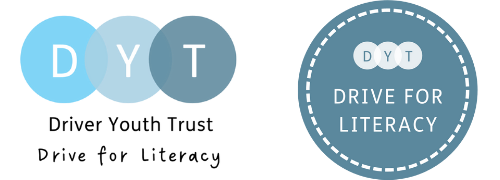
Catching up with comprehension cards
11/9/2020
With teachers and learners across the country returning to the classroom, many teachers will be looking to gauge what impact nearly six months of home-learning has had on each of their students. Luckily, DYT’s literacy hub has free Comprehension Cards to help.

The comprehension cards identify different approaches to information, following a sequence:
- Knowledge and recall
- Comprehension
- Application
- Analysis
- Synthesis
- Evaluation
Asking questions this way boosts a child’s understanding of a topic and helps them remember important information. By having the learner pin-point specific facts in their task, you’re making the task more memorable.
The cards don’t need to all be used at once – for example, if your child finds it difficult to develop their answers beyond basic facts, try setting them some questions using the ‘application’ and ‘analysis’ cards. This will encourage them to look at information from a different angle, and they’ll start to see the task differently.
Example: Rivers in geography
The comprehension cards are especially effective for helping a learner explore a topic that they are finding difficult to understand or remember a lot about. Choosing one question per section, try working with the learner to develop their answer from their previous work or their textbook.
For example, if we were learning about rivers in geography the questions could look something like this:

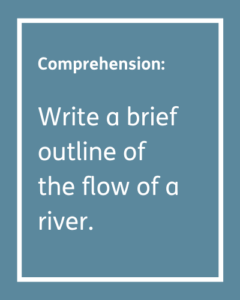
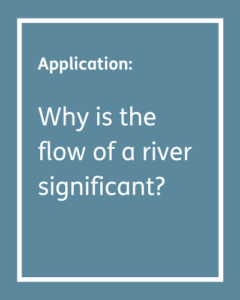
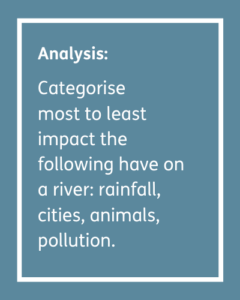
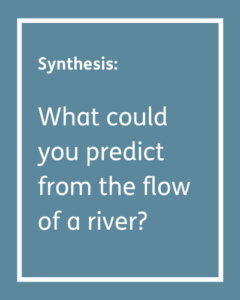
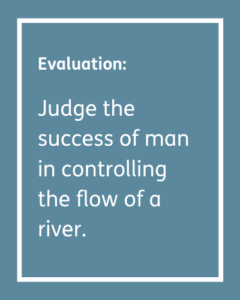
As you can see, each question looks at the information from a different angle and all are as important as each other. Don’t be put off by the technical terms – they reflect what is needed for GCSEs, but the cards can be used for learners from year 4 upwards. What’s most important here is the different ways you can ask questions about a task.
Try out our Comprehension Cards at home!
The comprehension cards, along with the rest of our literacy resources, are available for free in our resources page – we would love to hear how you and your child get on with them.
